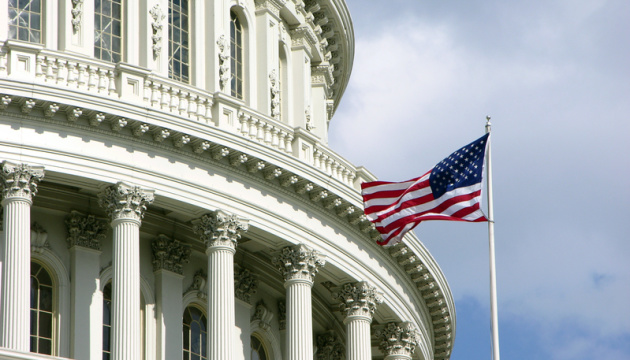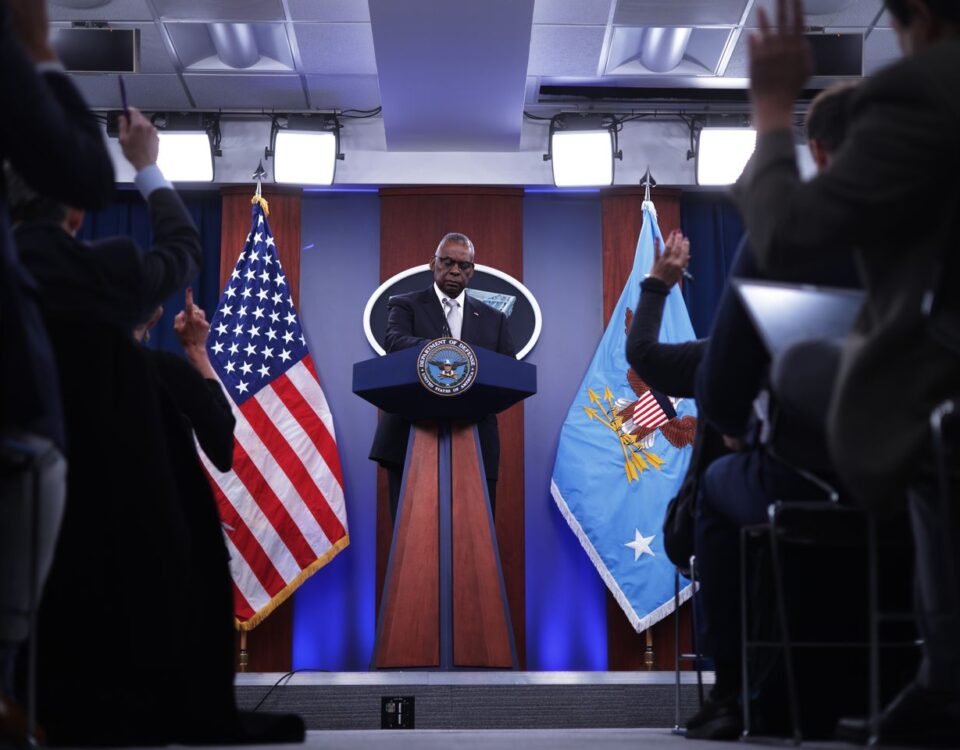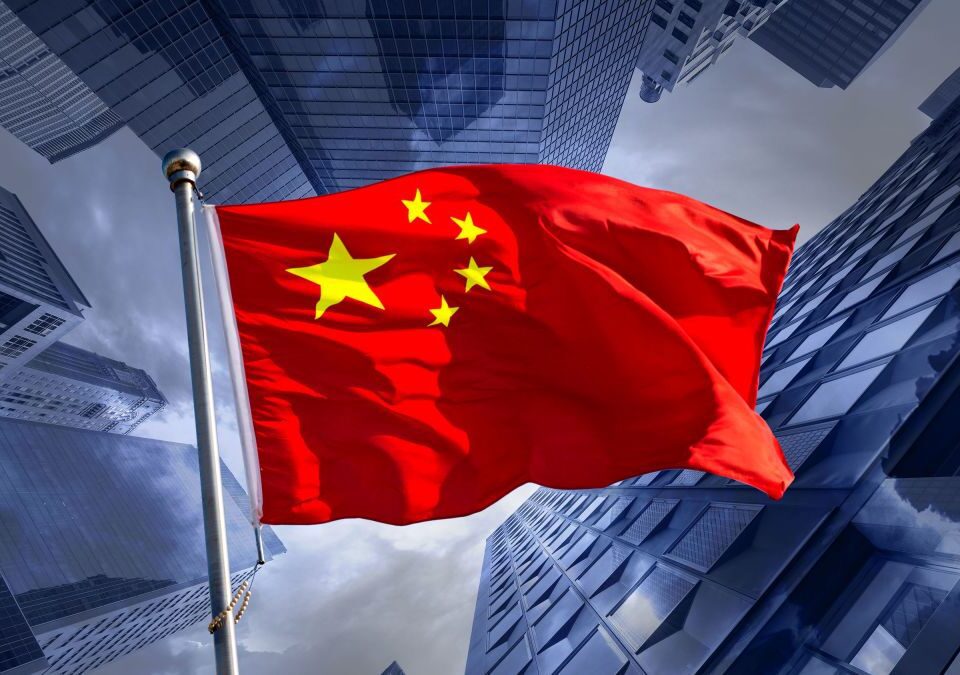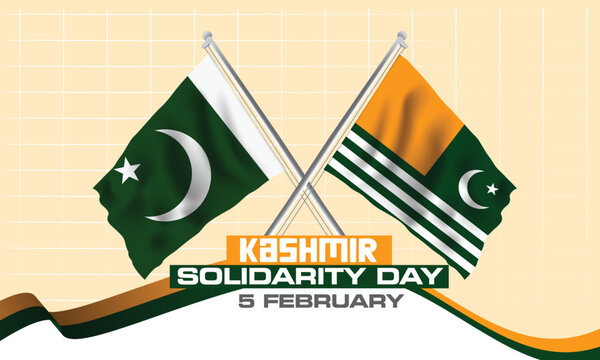
Kashmir Solidarity Day
February 5, 2024
China’s Cultural Diplomacy
February 8, 2024
Muhammad Hassan Ali
Since the early 20th century, the US has been involved in the Middle East due to its interest in oil resources and countering the USSR during the Cold War era. During WWII, the US used the oil resources of the Middle East to counter German influence, and during the Cold War, the US tried to contain Soviet expansion in the region. The US had alliances with some key players like Saudi Arabia and Israel. After the US abandoned the Bretton Wood system, it went into a deal with Saudi Arabia, which we know as the Petrodollar deal. The deal was to maintain the stability of the dollar. The US gained economic stability and further influence within the region, while Saudi Arabia received military protection and access to international markets. The deal was a turning point in the region’s politics as the US gained influence in economic and political decisions.
Furthermore, the Camp David Accords, which were aimed at a broader Arab-Israeli peace, were carried out under the umbrella of the US. Although they failed incredibly, the first peace treaty between Egypt and Israel was signed in 1979, where President Jimmy Carter personally mediated the negotiations. The strategic goals behind this were to isolate and weaken the Soviet Union’s influence in the Arab World and reduce regional tensions. The treaty was a turning point for Egypt-Israeli relations. However, it ignored an important factor, which was the Palestinian issue, as they were left excluded, and the limited autonomy was inadequate. This led to a prolonged asymmetrical Israel-Palestine conflict.
After the Cold War era, Al Qaeda took action against the US military installations in the Middle East. The 9/11 attacks further ignited the situation, and the global war on terror started. The US increased its military presence in the region to deal with ISIS and combating Al Qaeda Affiliates in the Middle East. The rise of ISIS in the region was also the result of US military operations and the invasion of Iraq. The Bush administration justified their invasion of Iraq as they believed that they possessed weapons of mass destruction (WMDs) and were directly involved in the September 11 attacks. However, later, it was found that there were no weapons of mass destruction and no connection with the 9/11 attacks. This action of the US destabilized the region, and the period of violence started, which continues to this day. It was taken for the US interest in the resources they have utilized for many years. The US acted as an opposition to states such as Iran and Syria in the region, which posed a threat to their influence in the region and its allies, mainly Israel and Saudi Arabia.
The US must ensure a stable oil flow in the region that would not impact the global supply chain. The US has continued to engage with OPEC and the individual states. However, recently, due to the rise of shale oil production in the US and shifting towards renewable energy resources, it has decreased its involvement within the region. The US is technically present in the region but has been using soft power and supporting its allies diplomatically and financially instead of hard power. This action has not just affected the complex political ecosystem of the Middle East but also raised the concerns of Arab states regarding the US actions.
US absence has created a security vacuum, which resulted in the emergence of new actors, such as Turkey’s involvement in Syria and Iran’s further expansion in the regions of Syria, Iraq, and Lebanon. The tides are shifting against Washington’s foreign policy. Two perspectives can be drawn from the Arab state’s response, where some states have expressed relief while others are concerned about their security, which we provided. On the one hand, the US has withdrawn from the region for now. However, on the other side, it is supporting its regional ally Israel on international platforms and within regional activities. This can be seen with the recent statements of Joe Biden, where instead of ceasefire and peace, a biased and anti-Palestinian stance came. The impact of US policies on the region can be viewed as peaceful development for some or as undermining peace for others. US actions are a significant factor in the current situation in the Middle East.
China’s involvement and the recent negotiations between Iran and Saudi Arabia are positive factors in the Middle East’s complex, unstable political environment. However, the United States needs to maintain a constructive approach to the development and peace of the region.
The writer is a National Defence University (NDU) graduate with a Peace and Conflict Studies major.






